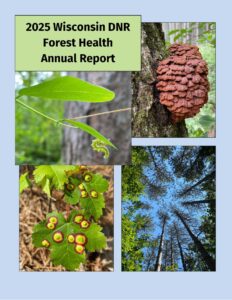
The cover of the 2025 Wisconsin Department of Natural Resources Forest Health Annual Report. / Graphic Credit: Wisconsin DNR
By Art Kabelowsky, DNR Outreach and Communications, Fitchburg
Arthur.Kabelowsky@wisconsin.gov or 608-335-0167
The Wisconsin Department of Natural Resources (DNR) has made its 2025 Forest Health Annual Report ready to view and download.
This year’s edition contains 55 pages of reporting on forest health issues throughout Wisconsin, detailing methods employed by the DNR and other agencies to control pests, diseases and invasive plants.
Continue reading “Forest Health Annual Report Hot Off The Presses”

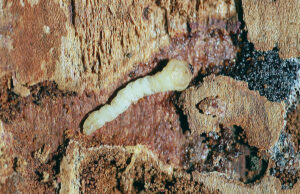
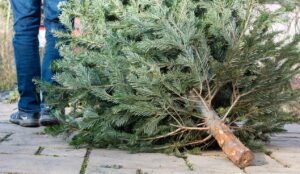
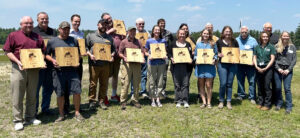
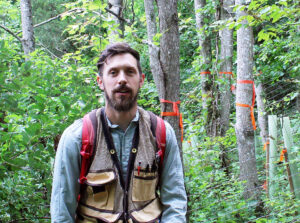
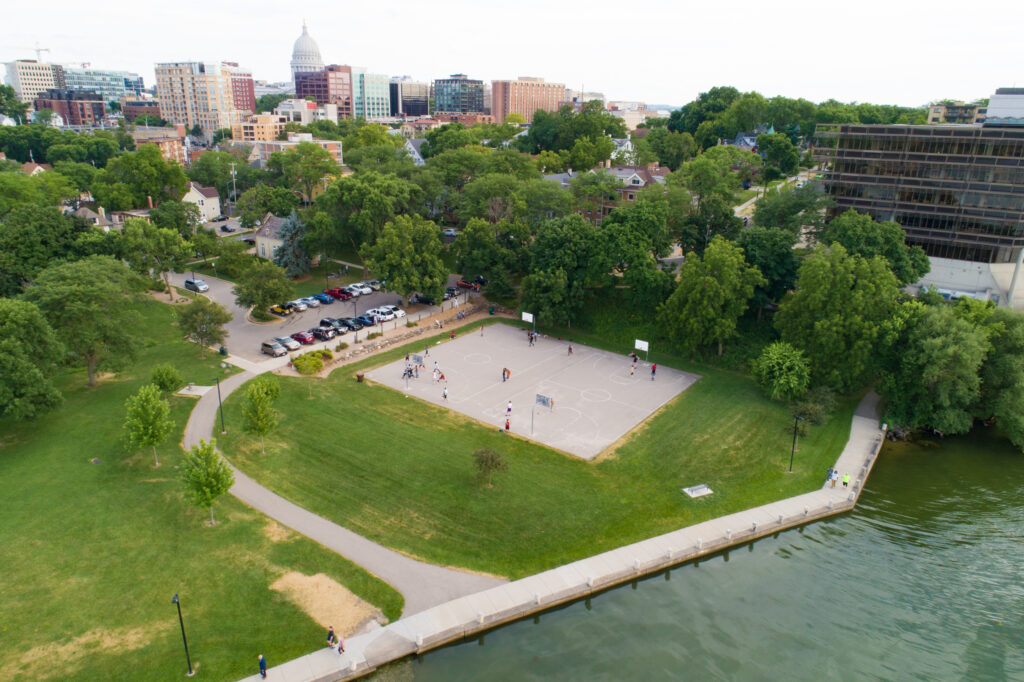 The Wisconsin Department of Natural Resources (DNR) today announced Urban Forestry Grant Program recipients for the 2026 grant year. The program helps fund projects consistent with state and national goals for increasing the urban forest canopy.
The Wisconsin Department of Natural Resources (DNR) today announced Urban Forestry Grant Program recipients for the 2026 grant year. The program helps fund projects consistent with state and national goals for increasing the urban forest canopy. Trees are good. For those who hold trees in high esteem, this simple statement feels as much a universal truth as the sky being blue or the sun rising in the east. It can feel unfathomable that anyone might hold a contrasting opinion.
Trees are good. For those who hold trees in high esteem, this simple statement feels as much a universal truth as the sky being blue or the sun rising in the east. It can feel unfathomable that anyone might hold a contrasting opinion. The Wisconsin Department of Natural Resources (DNR) has announced the recipients of the Urban Forestry Catastrophic Storm Grants to assist with damage sustained during severe storms that took place Aug. 9, 2025. Catastrophic storm grants range from $4,000 to $50,000 and do not require a dollar-for-dollar match. Grant funding was distributed among the following three communities:
The Wisconsin Department of Natural Resources (DNR) has announced the recipients of the Urban Forestry Catastrophic Storm Grants to assist with damage sustained during severe storms that took place Aug. 9, 2025. Catastrophic storm grants range from $4,000 to $50,000 and do not require a dollar-for-dollar match. Grant funding was distributed among the following three communities: 
 Join the Wisconsin Department of Natural Resources (DNR) and the Wisconsin Arborist Association (WAA) for the 2026 Wisconsin Annual Urban Forestry Conference. The conference will be held from Feb. 15 to 17 at the KI Convention Center in Green Bay.
Join the Wisconsin Department of Natural Resources (DNR) and the Wisconsin Arborist Association (WAA) for the 2026 Wisconsin Annual Urban Forestry Conference. The conference will be held from Feb. 15 to 17 at the KI Convention Center in Green Bay.